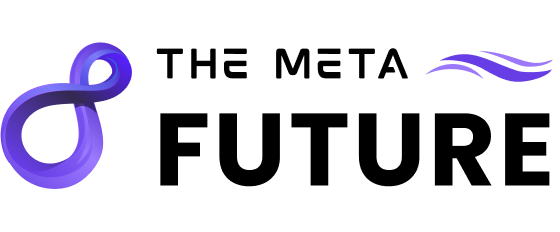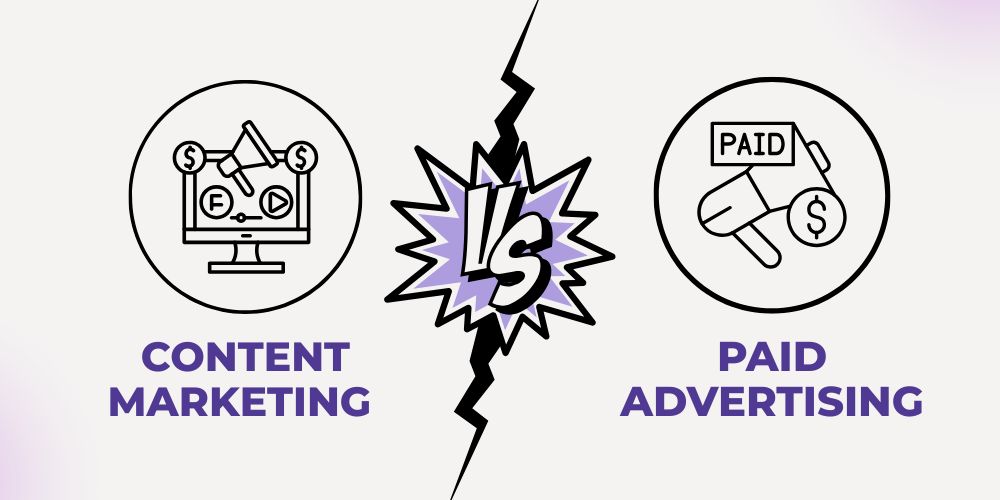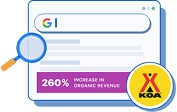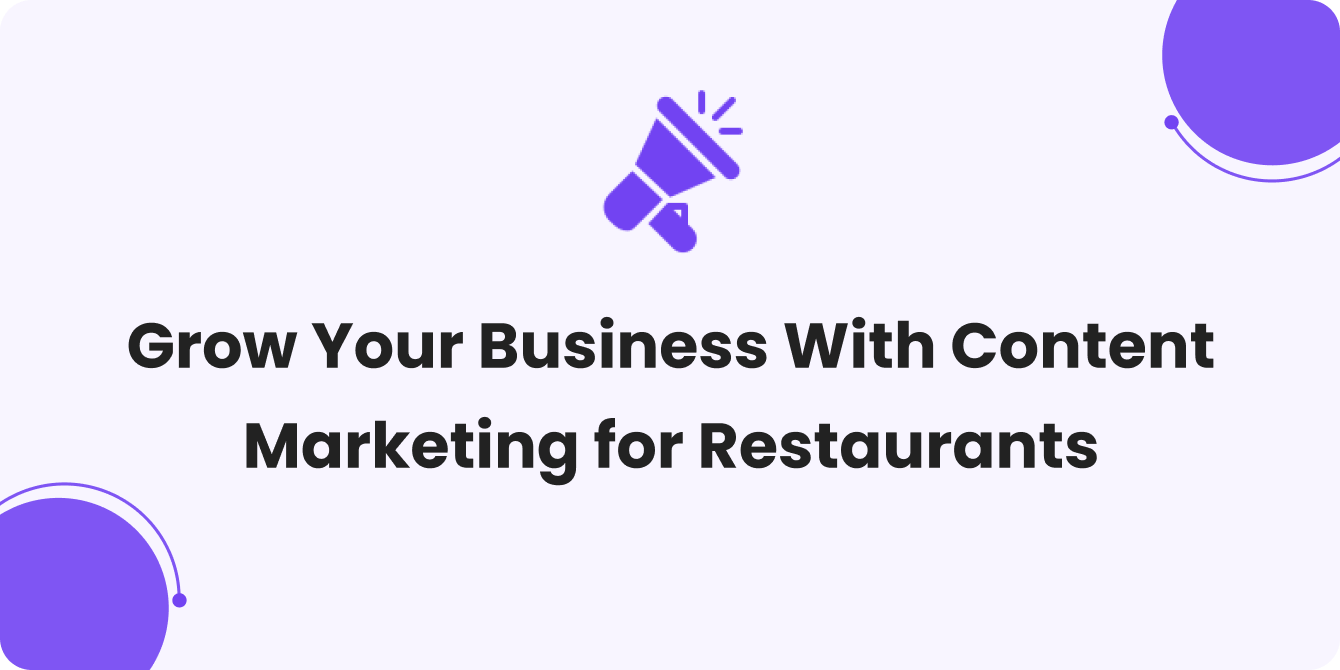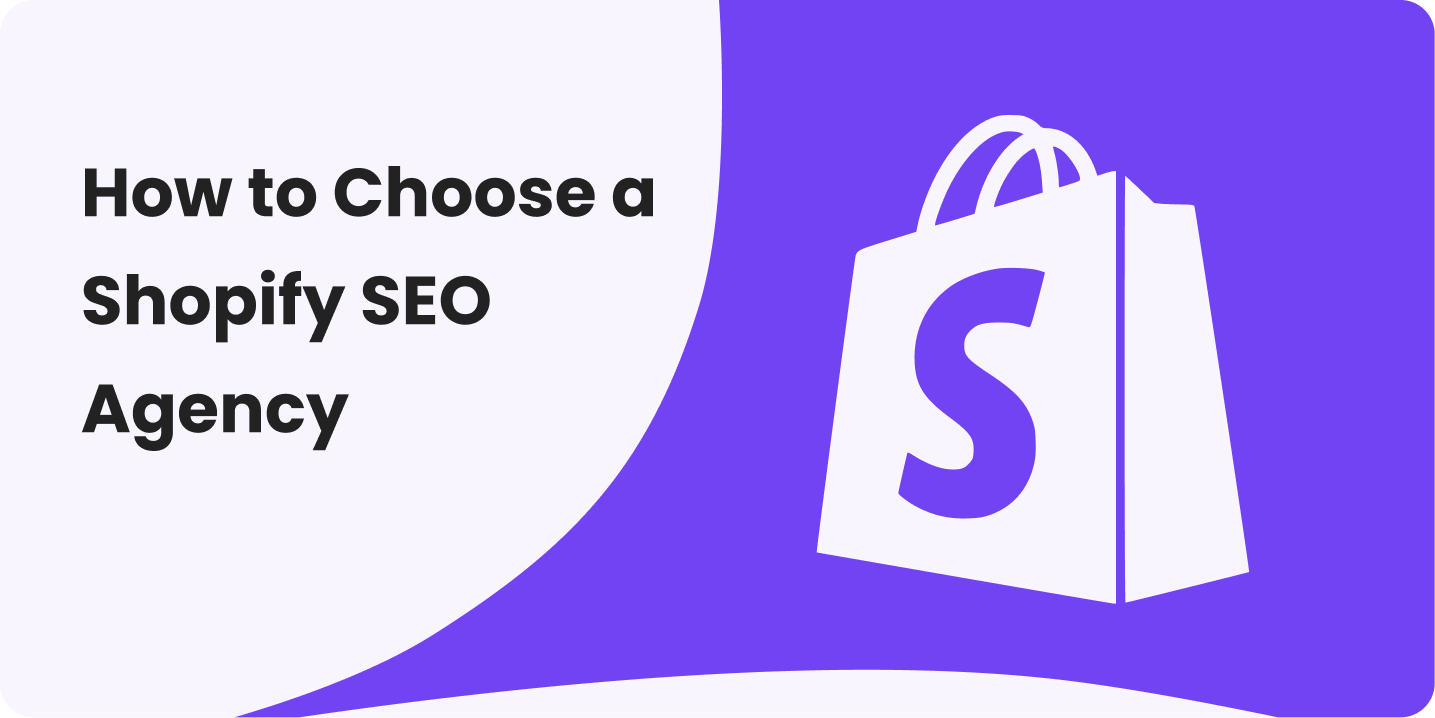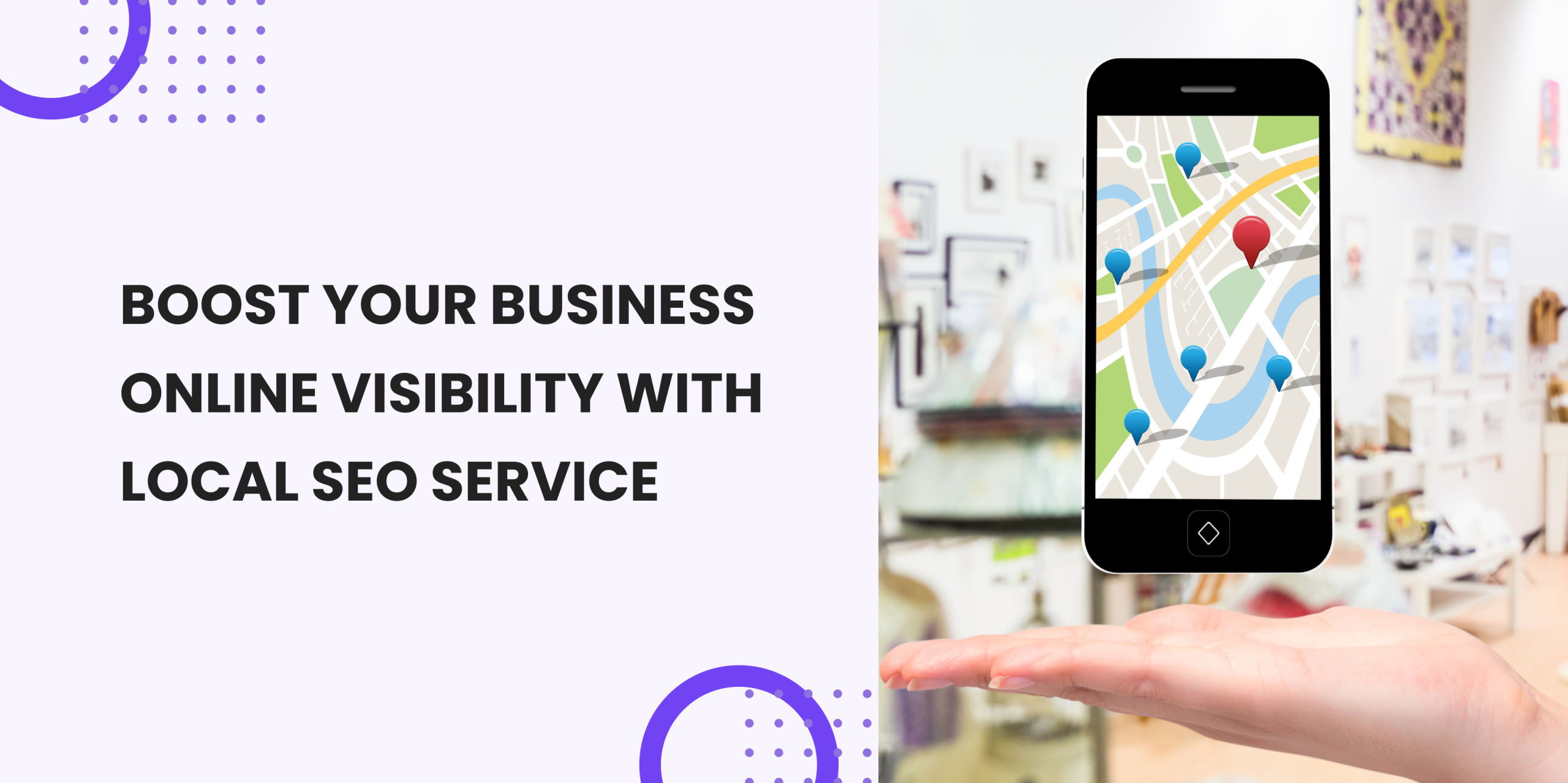In a world where attention is currency, brands are in a race not just to be seen, but to be remembered. That’s where the choice between content marketing and paid advertising becomes more than just a marketing decision, it becomes a long-term business strategy.
Both content marketing and paid advertising can deliver results. But they do so in fundamentally different ways, each with its own strengths, limitations, and long-term implications.
Let’s explore the nuances of both to help you decide where to invest for lasting impact.
Content Marketing 101: Building Trust, One Story at a Time
Content marketing is a marathon, not a sprint. At its core, it’s about creating valuable, relevant, and consistent content to attract and retain a clearly defined audience, and ultimately, to drive profitable customer action.
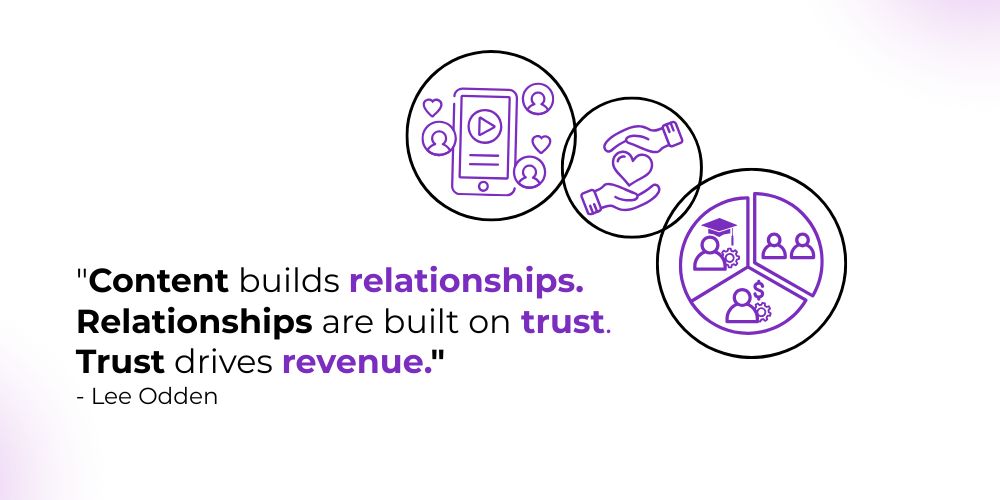
This strategy isn’t about pushing a product. It’s about earning attention by being genuinely useful. Here are some common formats:
- Blog Posts: Offer solutions to real problems your audience faces. For example, a fitness brand sharing weekly wellness tips can build a loyal community of readers.
- Videos: Short-form reels or long-form tutorials humanize your brand and increase engagement dramatically.
- Ebooks and Whitepapers: These position your brand as an authority, especially in B2B or technical industries.
- Social Media Content: Consistent storytelling keeps your brand relevant and fosters connection.
When audiences repeatedly find your content helpful, they begin to trust you. And trust leads to loyalty.
Consider a healthcare provider who shares weekly blog updates answering common patient questions. Over time, this not only improves SEO and web traffic but establishes the provider as a reliable authority in the field, long before a patient ever picks up the phone.
Why Content Marketing Works Long-Term:
- Compounds over time (SEO, backlinks, brand recognition)
- Builds community and brand advocates
- More cost-effective in the long run
- Fuels other channels (email, social, even ads)
Paid Advertising: Speed, Scale, and Spotlight
If content marketing is a marathon, paid advertising is a sprint, ideal for quick wins and high visibility. This approach allows you to place your message directly in front of a carefully targeted audience, instantly.
Popular formats include:
- Pay-Per-Click (PPC): Text ads on search engines for high-intent queries.
- Social Media Ads: Targeted by interests, behaviors, and demographics.
- Display Ads: Banner ads on relevant websites that boost brand awareness.
For example, when launching a new product, a sustainable fashion brand used Instagram ads to build anticipation and drive immediate traffic. Within days, they saw a surge in web traffic and conversions, a result that content marketing alone couldn’t have achieved in the same timeframe.
But what is the strength of paid advertising? it’s;
- Instant visibility and measurable ROI
- Precise audience targeting
- Scalable campaigns based on budget
- Excellent for launches, promotions, and retargeting
Head-to-Head: Key Differences Between Content and Paid Ads
As we know by now, there are two strategies consistently dominating the conversation: Content Marketing and Paid Advertising.
While both can drive results, they operate in fundamentally different ways, and choosing the right approach depends on your goals, resources, and timeline.
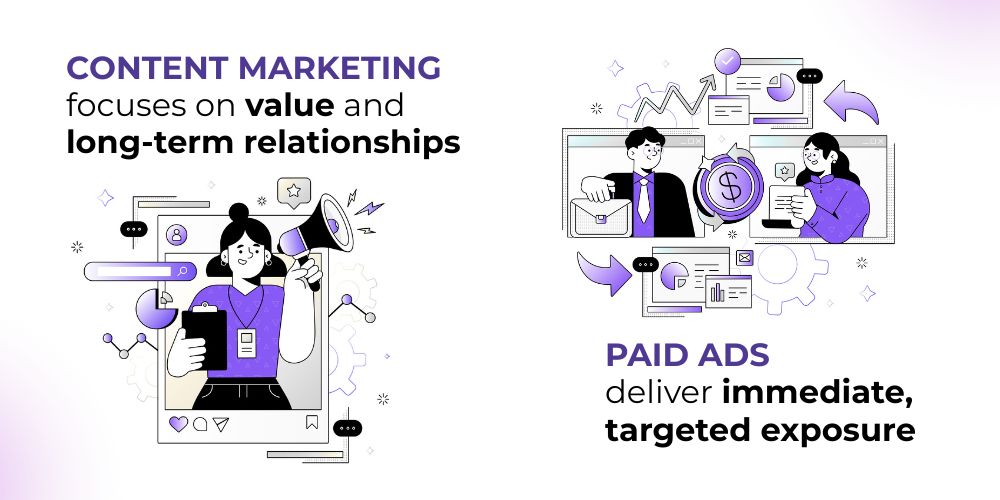
Let’s dive into a detailed comparison of these strategies across critical dimensions to help you make an informed decision.
1. Cost Comparison: Investment vs. Expense
Content Marketing is often seen as a more budget-friendly approach, but that doesn’t mean it’s free. It demands investment in time, creative resources, and consistency. Whether you’re writing in-depth blog posts, creating videos, or developing educational content, the upfront cost is in labor and creativity, not media spend.
However, the magic lies in its compounding returns. A single high-performing piece can continue to drive traffic and leads for months, or even years, after it’s published.
Paid Advertising, on the other hand, is more transactional. You get what you pay for, literally. Ads can drive immediate traffic and leads, but the moment you stop funding the campaign, your visibility evaporates.
There’s no long-term asset being built; you’re essentially renting attention rather than earning it.
Verdict:
- Content = Long-term asset
- Ads = Short-term cost center
2. Time to Results: Patience vs. Speed
Content Marketing is a long game. It may take weeks or even months before your SEO efforts start to yield traffic. But once the momentum kicks in, results are exponential.
The content becomes a magnet, attracting audiences organically without you lifting a finger. Paid Ads are perfect when you need results yesterday. Launch a campaign today, and you’ll start seeing clicks within hours. This makes it ideal for short-term promotions, product launches, or urgent sales goals.
Verdict:
- Content = Delayed gratification with exponential payoff
- Ads = Instant gratification with limited shelf life
3. Longevity and Sustainability: Evergreen vs. Expiry
Content Marketing is like planting a tree. You water it, nurture it, and over time it provides lasting shade (and leads). Well-optimized content continues to deliver value long after publication, especially if it’s evergreen, relevant for a long time.
Paid Advertising is more like renting a billboard. It’s visible only while you’re paying for it. Once the campaign ends, so does the impact.
There’s no residual traffic or visibility unless it’s combined with remarketing or other tactics.
Verdict:
- Content = Sustainable growth
- Ads = Temporary spikes
4. Trust and Brand Reputation: Credibility vs. Skepticism
Content Marketing builds a relationship with your audience. It educates, entertains, and solves problems. Over time, this positions your brand as a thought leader, someone worth listening to.
This trust translates into brand loyalty and higher conversion rates. Paid Ads, especially if poorly executed, can feel intrusive or even manipulative. Pop-ups, autoplay videos, or irrelevant messages can erode trust.
However, when done well, think highly targeted, helpful, and visually appealing ads, they can boost brand awareness and conversions quickly.
Verdict:
- Content = Trust builder
- Ads = Trust is conditional
Strengths & Weaknesses: Pros and Cons Breakdown
Pros of Content Marketing
- Builds Authority: Every blog post, guide, or video ads to your expertise and positions your brand as a go-to resource.
- Cost-Effective Over Time: After the initial investment, great content keeps working without additional spend.
- Engages and Retains: Content fosters community, encourages comments and shares, and keeps your audience coming back.
Cons of Content Marketing
- Time-Intensive: Quality takes time, there are no shortcuts.
- Slow ROI: You won’t see results overnight; it requires strategic patience.
Pros of Paid Advertising
- Immediate Impact: Need leads fast? Ads are your best bet for immediate exposure and conversions.
- Precision Targeting: Whether it’s location, behavior, or interests, you can get hyper-specific with whom you reach.
Cons of Paid Advertising
- Requires Constant Budgeting: Turn off the tap, and everything dries up.
- Ad Fatigue: Users become desensitized to repetitive or irrelevant ads, which can hurt performance over time.
What Data Says About Content vs Paid Ads
Brands face a fundamental question: Should we invest in content marketing or paid advertising?
While paid ads may promise quick visibility, content marketing continues to prove itself as the more sustainable, cost-effective, and trust-building approach. But don’t just take our word for it, the numbers speak volumes.
1. Content Marketing Delivers Higher ROI
For every dollar spent, content marketing generates an average return of $2.77. That’s nearly three times your investment, a remarkable return that showcases how valuable well-crafted content can be over time.
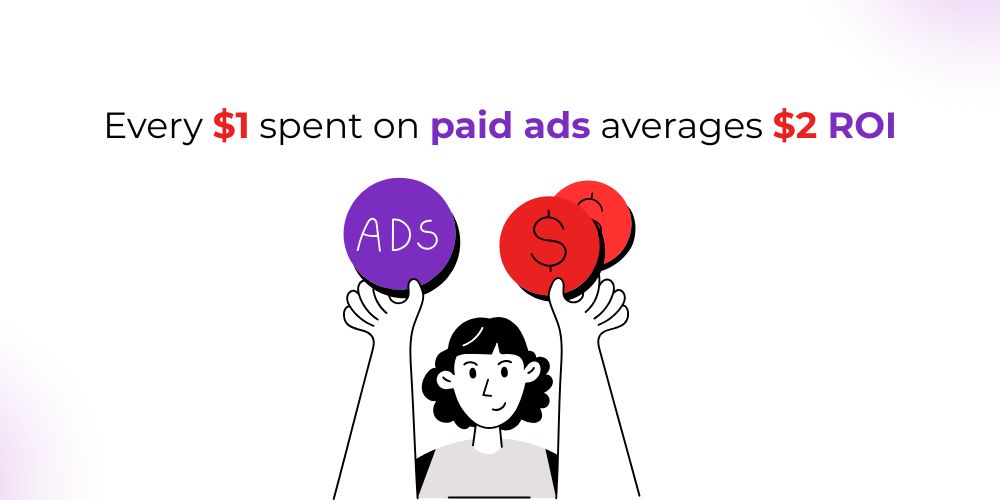
Why is the ROI so strong? Because content has a compounding effect. One blog post or video doesn’t just vanish after it’s published. It stays, ranks on search engines, gets shared, and continues to attract traffic and leads weeks, months, even years after posting.
Compare this to paid ads, which disappear the moment your budget dries up.
2. More Leads, Less Waste
Data shows that content marketing produces three times more leads than traditional advertising. Why? Because it pulls rather than pushes.
Traditional ads often interrupt and compete for attention, while content marketing earns attention by being genuinely helpful.
When potential customers search for solutions, they find your blog post, case study, or guide, and that interaction is far more meaningful than a fleeting ad impression. These are warm leads, already interested in what you offer.
3. Cost-Effective by Design
Content marketing is 62% more cost-efficient than traditional marketing methods. That’s a staggering difference, especially for small to mid-sized businesses looking to stretch their budgets.
The lower cost doesn’t mean lower impact. On the contrary, content marketing’s affordability lies in its evergreen nature and ability to scale.
A single, well-planned content piece can be repurposed into multiple formats: a blog, a video script, a LinkedIn post, an email newsletter, and more, multiplying its value without multiplying costs.
When Content Marketing Wins: Best Use Cases
While both paid ads and content have their place, content marketing shines in specific scenarios where relationships, trust, and brand depth matter most.
1. Nurturing Customer Relationships
Unlike ads that vanish after a scroll or a skip, content lives with your customer throughout their journey. From helpful how-to articles to personalized email series, it fosters an ongoing dialogue.
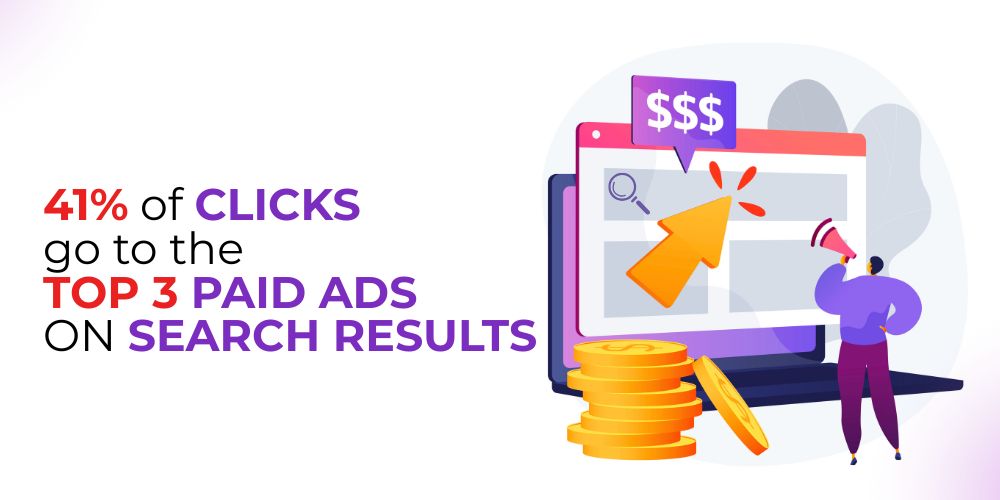
Educational content, in particular, keeps audiences engaged, informed, and coming back. For instance, a monthly newsletter or a regularly updated blog helps customers feel connected to your brand, well beyond the first sale.
2. Establishing Authority and Trust
Trust is currency in the digital age. When you consistently publish insightful blog posts, whitepapers, case studies, or explainer videos, you demonstrate your expertise without selling outright.
This kind of content positions your brand as a thought leader. Over time, potential customers begin to turn to you not just for your products, but for your perspective. That kind of brand equity is hard to buy with ads.
3. Building a Long-Term Brand
Think of content as the fabric of your brand story. Each article, infographic, or podcast episode adds another layer to how your audience perceives you.
Take, for example, an online learning platform we worked with. Initially relying heavily on paid ads, they saw inconsistent enrollment spikes followed by steep drop-offs.
After shifting to a strategic content plan, focused on success stories, instructor interviews, and educational blog posts, they saw a sustained increase in organic traffic and course enrollments. The brand became not just a service provider, but a trusted learning partner.
When Paid Advertising Wins: Best Use Cases
In the ever-evolving digital landscape, paid advertising remains one of the fastest ways to get your message in front of the right audience.
While organic content marketing builds trust and authority over time, there are specific scenarios where paid advertising doesn’t just complement , it wins.
Let’s explore the situations where allocating a budget to paid channels can yield exponential returns.
1. Product Launches: Creating a Buzz from Day One
Launching a new product or service is a critical moment. First impressions matter, and paid ads allow brands to control that narrative with precision.
No matter if it’s a groundbreaking app, a limited-edition product line, or a revamped service offering, paid campaigns can generate immediate visibility across platforms like Google, Meta, and LinkedIn.
Well-targeted ad creatives that focus on product benefits, use cases, or testimonials can drive awareness, spark curiosity, and even capture pre-orders. With smart segmentation and compelling calls-to-action, brands can fast-track from obscurity to trending in a matter of days.
2. Seasonal Promotions: Capitalizing on the Urgency
Time-bound campaigns thrive on urgency , and paid advertising is the perfect fuel for that fire.
Think Black Friday, Cyber Monday, holiday discounts, back-to-school offers, or even niche cultural events. Organic reach often doesn’t move fast enough to keep up with these high-stakes windows.
For example, one of our clients , a nutrition and diet app , timed a paid social media blitz just as the “New Year, New Me” season kicked off. With people actively seeking health and wellness solutions, the campaign drove a significant surge in downloads and subscriptions.
Paid ads helped the brand tap into seasonal intent and convert it into measurable results.
3. Immediate Traffic and Conversions: Accelerating the Funnel
Sometimes, you don’t have the luxury of waiting for SEO to gain traction or for a content piece to organically go viral. Whether you’re testing a new landing page, hosting a webinar, or running a limited-time offer, paid advertising helps you drive targeted traffic instantly.
This immediacy is particularly useful for startups, product-led growth companies, or any business under performance pressure.
With performance tracking and A/B testing, you can optimize conversions on the go , refining audience segments, adjusting messaging, and boosting ROI in real time.
Can You Have the Best of Both Worlds? Embracing a Hybrid Strategy
It’s no longer about choosing between content marketing or paid advertising. The smartest brands are weaving them together into a hybrid model that maximizes impact across the entire customer journey.
Here’s how:
1. Amplify High-Performing Content
You’ve created a blog post, whitepaper, or video that’s resonating with your audience , now what?
Instead of letting it peak organically, use paid ads to supercharge its reach. Promoting top-performing content ensures it reaches more of the right people, increases shareability, and drives higher engagement rates.
This tactic is especially effective for thought leadership pieces, industry insights, or success stories. Content amplified with ad spend becomes a force multiplier for your brand narrative.
2. Retargeting: Stay Top of Mind
Not everyone converts on the first visit, in fact, most don’t. That’s where retargeting comes in. Paid ads can follow users who engaged with your content but didn’t take the next step, such as signing up, purchasing, or requesting a demo.
By serving tailored retargeting ads , perhaps offering a free trial, showcasing customer reviews, or providing a limited-time incentive , you gently nudge users further down the funnel. This reinforces brand recall and increases the likelihood of conversion over time.
3. Leverage Ad Data to Strengthen Content Strategy
One of the hidden superpowers of paid advertising lies in the data it provides. You can learn a lot about your audience , what messaging clicks, which creatives perform, and which demographics convert. These insights are gold when it comes to refining your content strategy.
By analyzing ad metrics, you can align your organic content with proven engagement patterns, avoid wasted efforts, and focus on topics or formats that truly resonate.
Final Verdict
The idea that content marketing and paid advertising are opposing strategies is outdated. In truth, they are two sides of the same coin , both essential for a well-rounded digital presence.
Content marketing lays the foundation of credibility, trust, and SEO authority. Paid advertising brings scale, speed, and sharp targeting to the mix.
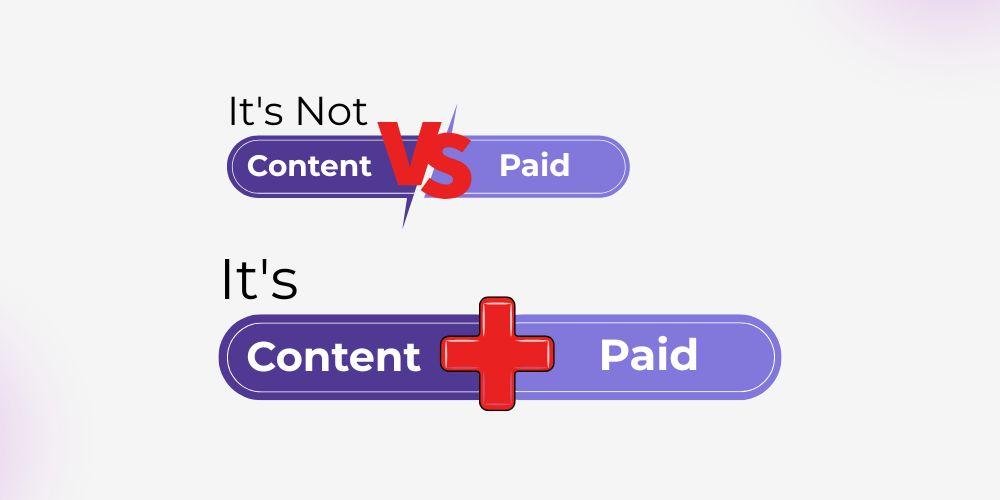
When combined strategically, they allow you to educate, engage, convert, and retain , all within one cohesive ecosystem. The Meta Future specializes in crafting integrated marketing strategies that align with your business goals.
From storytelling-rich content to high-performing paid campaigns, we help brands like yours strike the right balance between long-term brand building and short-term performance.
Let’s collaborate to elevate your digital presence , and ensure that every click, scroll, and conversion moves you closer to your goals.
